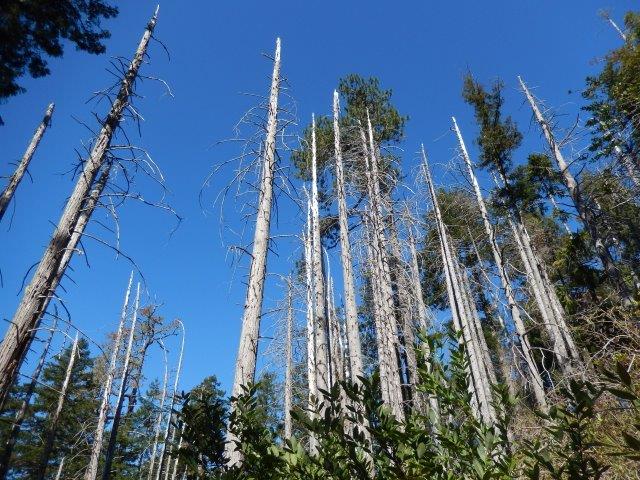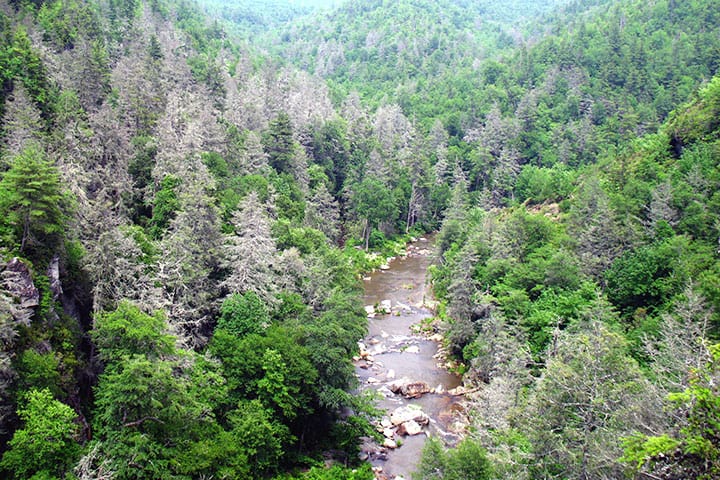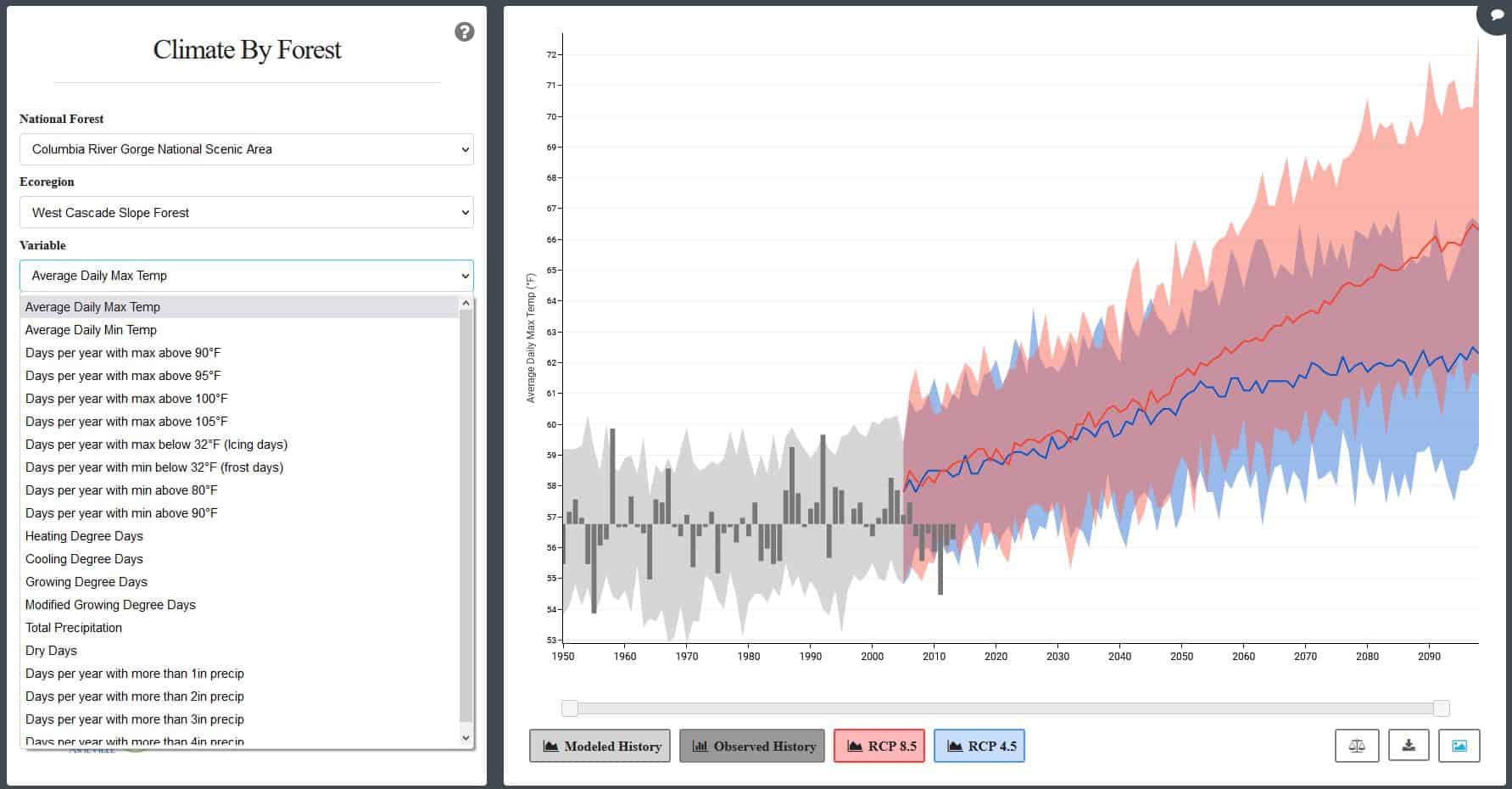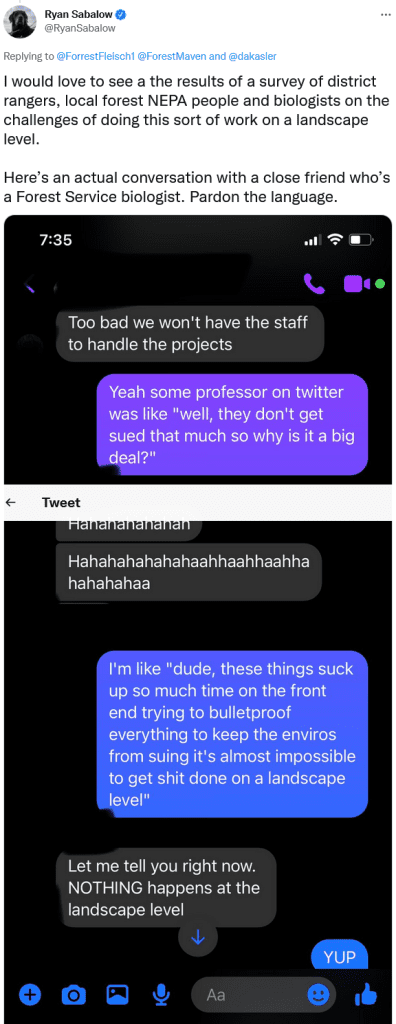
The Forest Service summaries are here: Litigation Weekly January 28 2022 Email
The links for each case from the Forest Service are to court documents.
The last “weekly” we received was for December 17, so I’ve attempted to fill in the gap in the “bonus” section with links to whatever I’ve run across.
COURT DECISIONS
On January 19, 2022, the Eastern District Court of California issued a favorable decision to the Forest Service regarding small business share allocations of 44% by the Regional Forester within the Trinity Market Area on the Shasta Trinity National Forest.
OTHER AGENCIES
On January 12, 2022, the Center for Biological Diversity and the Maricopa Audubon Society filed a complaint in the District Court of Arizona against the BLM and the U.S. Fish and Wildlife Service for alleged violation of the Endangered Species Act based on plaintiffs’ monitoring showing livestock grazing would impact listed species and degrade critical habitat on the Horseshoe Allotment within the Agua Fria National Monument. More in this article (which mistakenly refers to the Forest Service).
BLOGGER’S BONUS
On December 8, 2021, a federal court convicted a hunting guide of guiding a bighorn sheep hunt without authorization on the Carson National Forest, and sentenced him to a year and a half of probation and a $7600 fine.
On December 13, 2021 the district court denied a motion by Intervenor-Defendant Idaho State Snowmobile Association to dissolve an injunction imposed on snowmobiling in a “caribou recovery area” on the Idaho Panhandle National Forest imposed in 2007 until a winter travel plan is consulted on and adopted. Both plaintiffs and the federal government prevailed with their argument that, despite no documented use of the area by caribou in the last decade, it is now designated critical habitat and warrants continued protection under ESA.
On December 13, 2021, the district court reversed and remanded the Stonewall Vegetation Project on the Helena-Lewis and Clark National Forest. The court found the project violated the NFMA requirement to be consistent with the forest plan because it failed to determine whether road densities were “low level,” as required by a plan standard. The It also held that the language of the forest plan obligated the project to comply with the species viability requirements of the 1982 planning regulations (which were used under the transition provisions of the 2012 Planning Rule), and the Forest Service failed to demonstrate compliance related to management indicator species. project also violated ESA because the Forest Service failed to reinitiate consultation on grizzly bears due to concurrent project activities occurring in more than three adjacent grizzly bear subunits. It upheld the analysis of effects on elk under NEPA.
The project also included an amendment to exempt the project from standards related to elk habitat. The court found that the EIS failed to consider alternatives or the cumulative impacts of the amendment with other like amendments. It also held that the language of the forest plan obligated the amendment to comply with the species viability requirements of the 1982 planning regulations (which were used under the transition provisions of the 2012 Planning Rule), and the Forest Service failed to demonstrate compliance related to management indicator species. Notably, it found that at least ten project-specific amendments to avoid forest plan habitat requirements for elk resulted in a significant change to the plan because, “the rejection of “cover” in favor of “population” is not a minor deviation from the Plan; it is an entirely different approach to elk management.” (More in this article.)
I’m not sure I’ve seen a court find amendments to be a significant change in a forest plan. However, the holding here is probably less significant than it looks because the Helena-Lewis and Clark National Forest has since revised its forest plan, and it eliminated these standards. “Montana Wildlife Federation is looking forward to addressing this glaring oversight with the Forest.”
- Bitterroot Gold Butterfly Project (Follow-up)
The Bitterroot National Forest withdrew its proposed Gold Butterfly Project in November 2020 after being sued by the Friends of the Bitterroot. On December 17, 2021, the Forest released its second draft Record of Decision for the project. “The old-growth standards in the 1987 forest plan “were written in a time before there was a standardized way to define old growth,” said Bitterroot Forest Stevensville District Ranger Steve Brown. “They were arbitrary … we have basically adopted the regional standard for defining old growth” in the site-specific supplement for Gold Butterfly. The Bitterroot Forest is working on a forest-wide plan amendment for defining old growth, which Brown said will probably be completed next year. (They might want to read the Stonewall opinion and think about whether changing the standard for old growth here is “significant” because it really changes how old growth is managed everywhere, and the effects of that need to be evaluated. Or is it not arbitrary to keep using “arbitrary” standards on the rest of the forest?)
- BLM geothermal utilization project: Fallon Paiute-Shoshone Tribe v. U. S. Department of the Interior (D. Nev.) (New lawsuit)
On December 15, 2021, plaintiff Tribe and the Center for Biological Diversity filed a lawsuit (a link to the complaint is included in this article) against a BLM decision authorizing the Dixie Meadows Geothermal Utilization Project, which would consist of two geothermal powerplants, 18 or more geothermal wells, access roads, and 48 miles of transmission line on approximately 2,000 acres of public land in the Dixie Valley in north-central Nevada. They allege violations of NEPA, FLPMA, and the Religious Freedom Restoration Act with regard to a nearby hot springs and a toad being considered for listing under ESA. On January 4, the district court enjoined the project, and an appeal has been filed. The Center for Biodiversity discusses their work in Nevada here. Another environmental challenge to a renewable energy, 80-megawatt wind turbine facility on private land at Altamont Pass in California, is described here.
On December 22, 2021, the district court upheld a decision by the Gifford Pinchot National Forest to build a road in the Mount St. Helens National Volcanic Monument to replace an old intake gate at the Spirit Lake debris dam that helps protect the downstream communities from flooding. The court found no NEPA or NFMA violations. The NFMA issues involved meeting the long-term objectives of the Northwest Forest Plan Aquatic Conservation Strategy, and complying with procedures necessary for a project-specific amendment to allow non-compliance with visual quality requirements. (More in this article.)
- Boise Sage Hen Project (New lawsuit)
On December 22, 2021, the Idaho Conservation League filed the second lawsuit against the Sage Hen Project on the Boise National Forest. As discussed here, the project involves an EA prepared for a long-term, large-scale, condition-based project, and this new complaint also alleges ESA violations concerning bull trout.
- Flathead Badger-Two Medicine lease (Another lawsuit)
On December 23, 2021, Solenex LLC sued the Interior Department to reinstate an oil and gas lease in the Badger-Two Medicine area of the Flathead National Forest, arguing that the Secretary of Interior exceeded their authority when they cancelled it in 2016. An appeals court has previously upheld this decision (discussed here).
On December 27, 2021, the district court enjoined the Lang Dam and Hwy 46 projects on the Willamette National Forest. This looks like the case previously summarized here without a link.
On December 28, 2021, the district court rejected claims by ranchers to ownership of rights to graze on the Apache-Sitgreaves National Forest, and enjoined defendants from grazing cattle there without a permit. The court found no separate grazing right had been established independent of property ownership, and ownership of water rights does not give rise to a separate right to graze on the allotment.
- San Juan land exchange (FOIA lawsuit and follow-up)
In October, 2021, Colorado Wild Public Lands sued the San Juan National Forest for failing to provide records of a land exchange requested under the Freedom of Information Act over a year prior. After receiving the records in December, 2021, plaintiffs requested a delay in approving the land exchange, scheduled for January 21, 2022. On January 7, 2022, the Forest Service denied this request.
- Point Reyes National Seashore grazing (Park Service): Resource Renewal Institute v. National Park Service (N.D. Cal.) (New lawsuit)
On January 10, 2022, the Resource Renewal Institute, Center for Biological Diversity and Western Watersheds Project sued the Park Service over its management of domestic cattle at Point Reyes National Seashore regarding the effects on native Tule elk. This article includes a link to the complaint.
- Bison listing: Buffalo Field Campaign v. Williams (D. D.C.) (court decision)
On January 12, 2021, the district court determined that the U. S. Fish and Wildlife Service failed to comply with the Endangered Species Act requirements for listing species when it decided that the American bison found in Yellowstone National Park do not warrant listing. Some of the bison spend part of their life on national forest lands.
- Wolf hunting (new lawsuits)
Lawsuits have been filed in both Idaho and Montana against changes in state wolf-hunting regulations. The Idaho claims relate to effects on non-target species protected by the Endangered Species Act. The Montana claims relate to provisions not made available for public comment.







